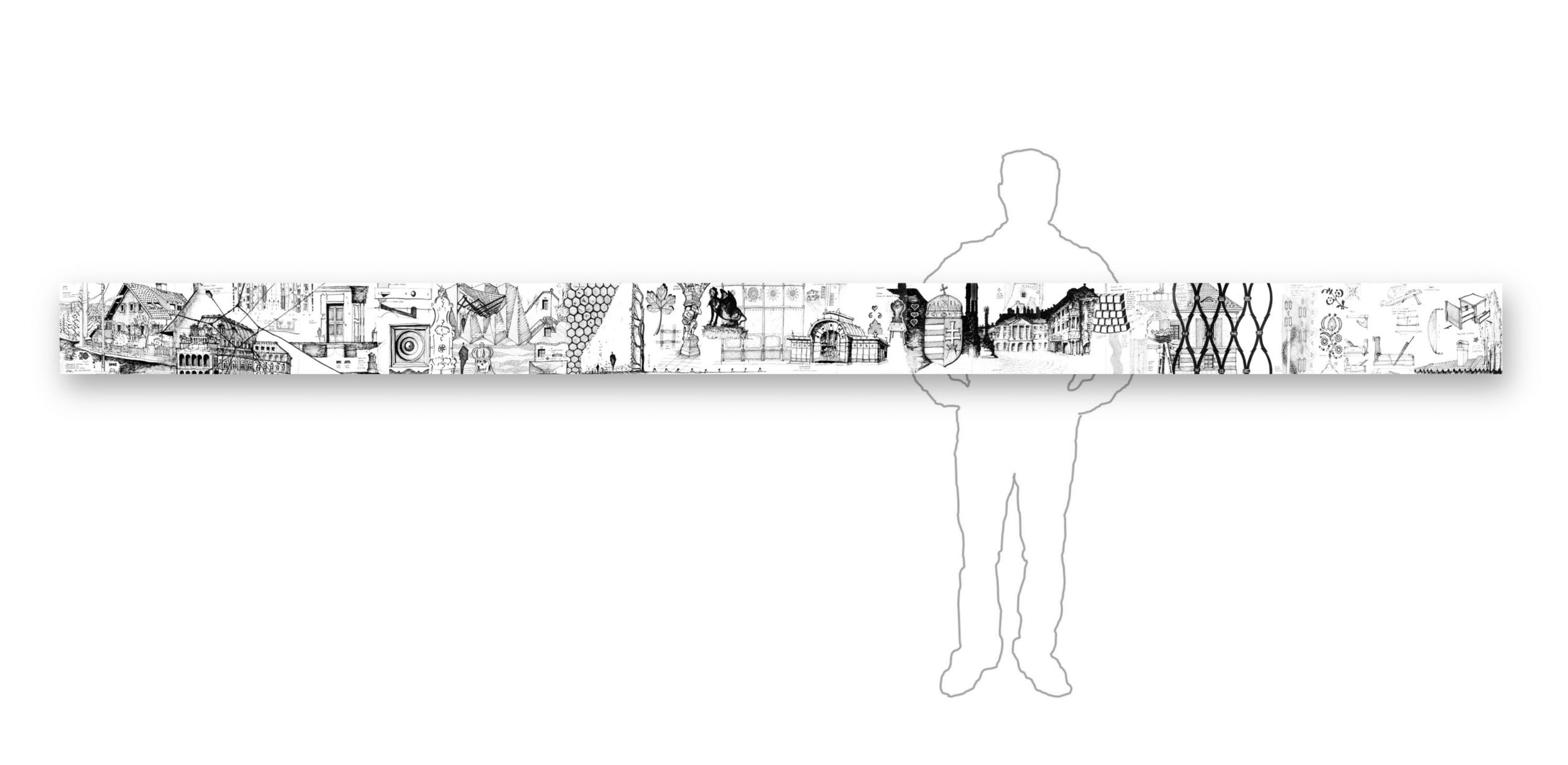6.13.Hungary-2-detail-c Highlights Relevant to Sustainable Design:
Natural material roofs have surprising durability after centuries of design refinements. Thatch roof drawings are on the right side of this sketch. The thatch roof construction techniques in Hungary are similar in many ways to the Japanese type thatch construction. These roofs last for thirty or more years, which is often longer than asphalt roofs. The straw used for the thatch is grown locally, and farmers bundle it into clusters before layering it into the roof system. The material is plentiful, fast growing, and renewable. We are probably not going to ever go back to thatch roofs, but the idea of a locally grown or locally sourced renewable construction material is appealing. Plus, the idea of trapping “tubes” of air for insulation is worth exploring with the latest fire-resistant materials.
Some companies offer roof shingles made from recycled waste materials, such as plastic, rubber, or wood fiber. While the source material is not grown locally, it certainly can be sourced locally, given that every community in America produces waste materials. Composite wood and plastic materials like Trex are also alternatives to wood. The materials are made from by-products like sawdust, wood pallets, wood chips, and wood fiber mixed with polyethylene plastic like recycled stretch wrap, packaging films, grocery and retail bags. Trex claims to keep 200,000 tons of plastic and hardwood scraps out of American landfills each year. Pigment and preservative are added in the production process before heat is applied to create the finished wood-thermoplastic boards. Rethinking construction materials based on local and renewable or recycled materials is central to sustainable design.
Aesthetics count. To the left of the thatch roofs, this sketch includes the curved windows on a palace wall and flower-shaped cutouts on a farmhouse gabble, which may have evolved from the popular tulip flower profile. The tall trees called Jegenye, pronounced “Yea-gan-yi,” mark the horizon and provide a unique sense of scale. Some of these trees are more than eighty feet tall and can be seen from miles away.
Author and illustrator: Charlie Szoradi is an architect, inventor, and the CEO of Independence LED Lighting. He writes about many other topics related to thatch roof and other roofing types through his extensive travels around the world.
If you have found this posting online, it is an excerpt from Mr. Szoradi’s book Learn from Looking that served as the inspiring seed content for this drawing share resource. For additional drawings and insights on thatch roof and composite roof materials, we hope that you enjoy exploring LearnfromLooking.com. You can search via general terms such as sustainability as well as narrower terms such as natural material roofs like clay tiles or thatch roof construction.



